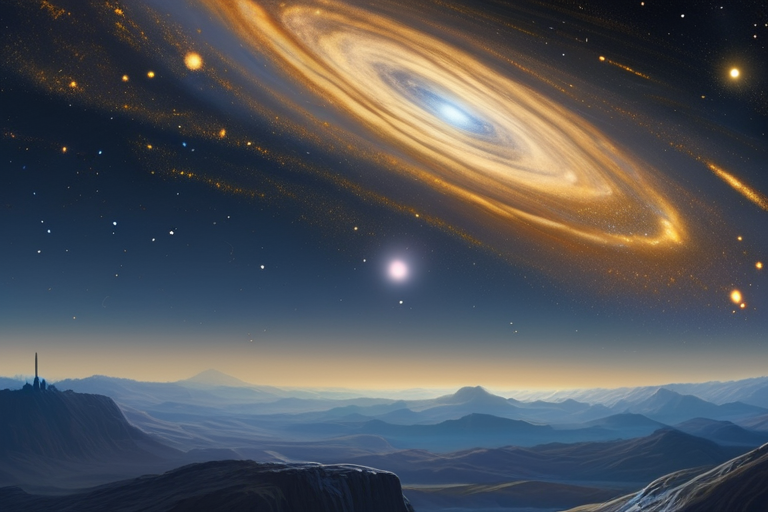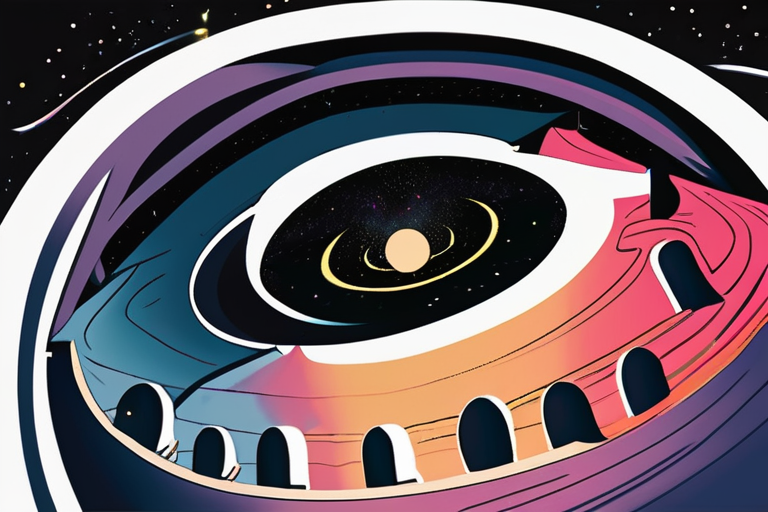Hubble Unveils Vibrant Galaxy NGC 6000 in Stunning Blue and Gold Hues


Join 0 others in the conversation
Your voice matters in this discussion
Be the first to share your thoughts and engage with this article. Your perspective matters!
Discover articles from our community

 Hoppi
Hoppi
 Hoppi
Hoppi

 Hoppi
Hoppi

 Hoppi
Hoppi

 Hoppi
Hoppi

 Hoppi
Hoppi

GREENLAND'S ICE SHEET REVEALS CLUES TO CLIMATE CHANGE GREENLAND - Scientists have made a groundbreaking discovery about the sensitivity of …

Hoppi
Breaking News: John Early's "Maddie's Secret" Sparks Controversy In a bold and daring move, comedian John Early makes his directorial …

Hoppi

Cape Town Reels from Gang Violence as Six Shot Dead in Two Days In a disturbing escalation of gang-related violence, …

Hoppi

UNIVERSE'S BIGGEST MYSTERY: IS IT A BLACK HOLE? A team of scientists has sparked a heated debate with the suggestion …

Hoppi

Europe's Gas Reserves: A Mixed Bag Ahead of Winter As autumn's chill sets in across the continent, Europe's gas reserves …

Hoppi

Cardi B Takes to the Streets of New York to Sell Copies of 'Am I the Drama?' In a bold …

Hoppi